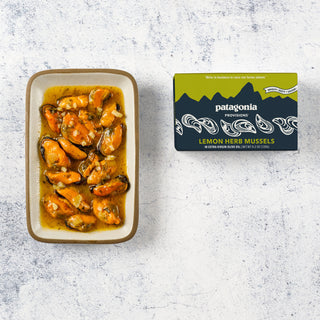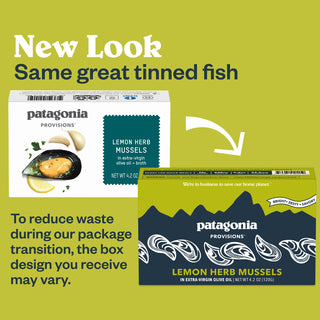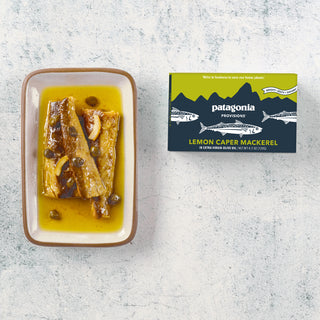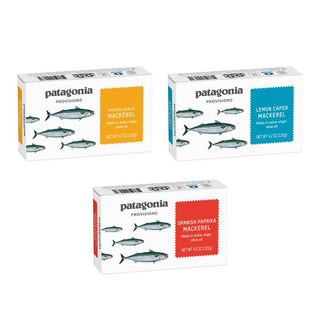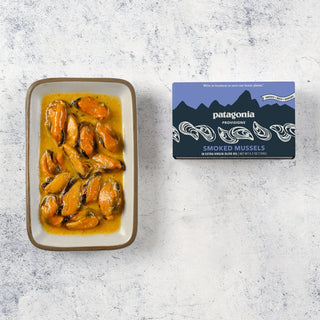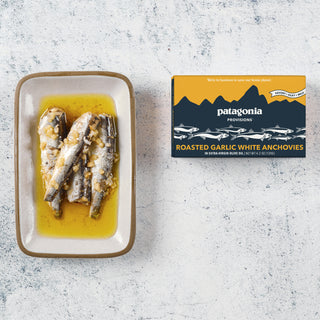Native Americans called them "lightning following one another," large silver fish that flash like lightning as they leap through white water and over falls, or leap for no other reason than an exuberant display of strength and energy. Salmon are a powerful physical, ecological and cultural force that once exerted its influence around the Pacific Rim from Kyushu Island, Japan, to San Diego, California. How they attained that power is a story that unfolded a long time ago.
About 25 million years ago the North Pacific Ocean began to cool. Over 15 million years, as it cooled 18 degrees Fahrenheit, its productivity increased. About this time, and we are not sure exactly when, ancestral salmon living in freshwater lakes and large, slow rivers began to explore other parts of their aquatic world through short migrations. Eventually they reached estuaries, where they made short feeding forays into the brackish waters. Through the inexhaustible patience of evolutionary tinkering, the salmon evolved salt pumps in their gills that allowed them to make the plunge from brackish to full-strength seawater. In the cool North Pacific, the salmon gorged themselves on the rich oceanic pastures. After a year or more in the sea they returned to their home rivers, grown to a size that dwarfed their freshwater cousins. At this point, the salmon were fully anadromous; they spawned in freshwater but, as juveniles, migrated to the sea, where they fed for a few months or for as long as five or more years before returning to bury their eggs in the gravel of their home stream.
Anadromy had enormous consequences. The salmon's enhanced size and strength powered them upstream against swift currents and over falls, allowing them to reach the headwaters of rivers around the Pacific Rim. In some cases they migrated up to a thousand miles from the sea. They penetrated the landscape so thoroughly that, in the words of writer Tim Egan, "the Pacific Northwest is any place a salmon can get to." Large female salmon carried more eggs and buried them deeper in the gravel, reducing vulnerability to predators and death from the mechanical grinding action of gravel during high flows. In the larger watersheds the salmon's abundance exploded into tens of millions.
Large ocean-fed salmon migrating upstream in the millions are a major ecological event, a biological recharge of the energy circuits of ecosystems around the Pacific Rim. At least 22 species of mammals and birds feed on salmon carcasses, from brown bears to tiny winter wrens. The salmon's decomposing bodies release nutrients, enhancing aquatic food webs that nurture the next generation of salmon. Salmon carcasses pulled from the river by bears decompose, and the nutrients find their way into the cedars, Douglas firs and salmonberry. The spirit of the salmon gives strength to the giant Douglas firs, soars in the feathers of eagles, and prepares the young salmon for their long, dangerous journey. Japanese researcher Takeshi Murota says that by transferring energy from the ocean to headwaters, the salmon cast a large nutrient shadow over the landscape of the Pacific Rim. The mass transfer of nutrients is an important basis for biodiversity in all the lands facing the North Pacific Ocean, Murota says. Today, that shadow has thinned. Compared to a century and a half ago, depressed salmon runs in the Pacific Northwest now deliver only 6 to 7 percent of the nitrogen and phosphorous to the region's ecosystems.
Juvenile salmon beginning their downstream migration to the sea are embarking on a journey that will cover thousands of miles and last one to five years. They will cross several different geographic and climatic zones, and they will encounter many obstacles created by humans. At the outset of their journey the small salmon cannot know what combination of favorable and unfavorable conditions they will meet along their route. To ensure some of the juvenile salmon live to return as adults, they evolved alternative survival strategies or pathways through their freshwater, estuarine and oceanic habitats. These alternative pathways are called life histories. They are how salmon avoid putting all their eggs in one basket.
Healthy rivers are a maze of alternative pathways that reduce the risk of catastrophe when one or more of them is blocked or degraded by natural or human events. Highly controlled rivers reduced to simple conduits to the sea contain few alternative pathways. They force the salmon to put more and more of their eggs into fewer and fewer baskets, with the inevitable increase in risk and the catastrophic losses that have become common in recent years. How these pathways are defined and what cues the salmon are following are largely a mystery to us. Understanding that mystery is the key to salmon conservation around the Pacific Rim.
Salmon natural history and human culture have closely intertwined for thousands of years. From the Ainu people of Hokkaido Island, Japan, to the Salish people of Puget Sound, whole economies were based on the salmon. The annual return of the salmon was a major cultural event. Native peoples believed that these fish were a gift to be treated with respect, honored in ceremony, and celebrated in art. In recent years the lost relationship between salmon and humans has experienced a revival. "Salmon communities" once again welcome the fish's return to their home rivers with festivals and ceremonies. Citizen volunteers in watershed councils across the Pacific Northwest are trying to restore watershed health for their local runs of salmon. The rebirth of what the environmental group Ecotrust has called a "Salmon Nation" could revive the relationship between salmon and humans and renew the enchantment these magnificent animals cast on all people around the Pacific Rim.


